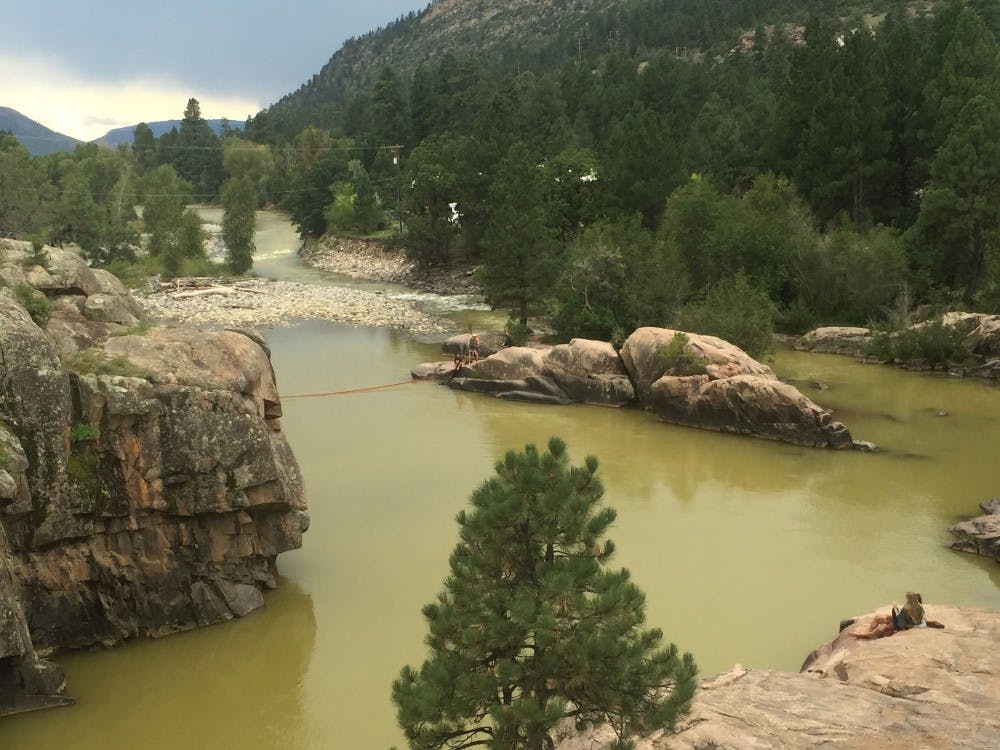A group of ASU researchers is hoping to curb major issues like climate change and species extinction by looking at multiple facets of human resource usage and increasing efficiency before those issues get out of hand.
This team recently received a $3 million dollar grant from the National Science Foundation to develop models that can accurately connect patterns between water, food and energy usage within the Valley over the next five years.
Americans waste over 35 million tons of food every year and the country's inefficient energy use only contributes more to a rapidly warming planet.
“If you were an alien visiting the planet, you might assume that the purpose of modern technology is to simply transfer carbon from the rock into the atmosphere as quickly as possible,” Elizabeth Kolbert, author of The 6th Extinction said while speaking to ASU students.
She said humans are simply mining resources as quickly as possible to meet growing needs without properly allocating these energy sources in a smart and efficient manner.
“It is possible that we could reach CO2 levels that we haven’t known to exist for 5 million years," said Kolbert.
As climate change affects weather as well as water and agricultural outputs, becoming more efficient is incredibly important if humans are to secure a stable future for all species on the planet.
“The key to success in this project is the interdisciplinary approach; which is why I think we received the grant,” Giuseppe Mascaro, assistant professor in the School of Sustainability Engineering and one of the researchers who received the grant, said.
Mascaro’s main task within the team is to create engineering models that are able to display and compare all three resource inputs. He does this through the creation of a variety of visuals through WEAP and LEAP, modeling programs that produce a nexus of information that can be more easily understood.
“Traditionally, problems are solved with a silo approach that is only based on one single element; we want to make the point that your sector may have had an impact on two other sectors by displaying them in this nexus,” Mascaro said.
By using this strategy, the team plans to put the NSF’s grant to good use and present these models to policy makers so that they can act upon them. In this way, they hope to influence how Arizona allocates its resources in the most optimal way possible.
Rimjhim Aggarwal is a scientist and an associate professor studying sustainability and international development, she hopes that these models can help to explain changes in farmers' water and energy usage throughout the year.
“For example, due to Phoenix’s large agricultural needs and the fact that we have junior rights to Colorado River water, means that when a shortage is declared, farmers sometimes are forced to turn to ground water sources which are more energy intensive and destructive,”Aggarwal said.
This scenario shows how through visualization of these problems the researchers can more easily present them to those farmers and decision makers to help establish a more efficient and sustainable system. If farmers were to use up all of this ground water, there would be none remaining for drought seasons in the future and thus serious agricultural problems.
“By studying how these systems work together, we can better help to influence and aid decision makers to make a real, positive change," Aggarwal said.
Reach the reporter at cdemert@asu.edu or follow him on Twitter @dolewayne
Like The State Press on Facebook and follow @statepress on Twitter.




